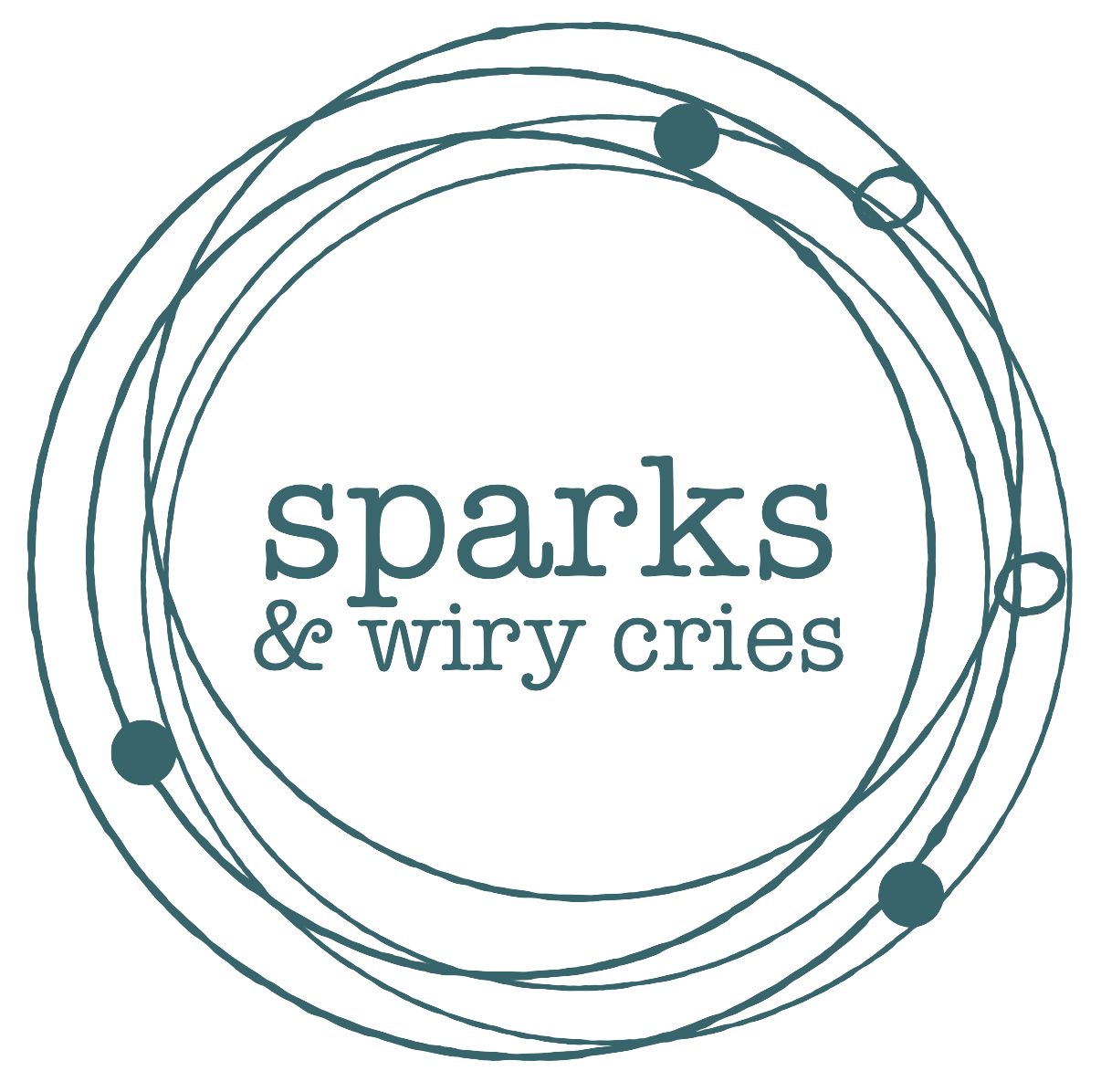BROOKLYN ART SONG SOCIETY: on LIBBY LARSEN
Next Saturday, the Brooklyn Art Song Society will present the third installment of its new music series In Context. The purpose of In Context is to present the works of living composers alongside ‘standard’ repertoire with the goal of showing continuity instead of contrast. Art song is especially well equipped to achieve such a goal – texts provide an easy connection between music of vastly different styles. As composers over the span of the idiom’s history have tried to find ways to bring language to life, they have created a series of techniques that are at once highly malleable but also immediately recognizable. The note set to the word ‘heaven’ has been and forever will be the highest in a given phrase – a truth that began in the madrigals of 14th century composer Guilliame Machaut and continued through to the vocal works of Pierre Boulez. This highlights a fact often forgotten in the presentation of ‘new’ music versus traditional repertoire – the voice may be different but the intention is the same: communicating something meaningful to an audience.
This year’s featured composer is Libby Larsen, who is perhaps the greatest living creator of art song. Mrs. Larsen’s style, deeply individual yet rooted firmly in tradition, is ideal for our series. Her use of ostinatos often evokes popular music but her sophisticated setting of texts and refined sense of harmony make her an artist of the highest order. With every piece by a composer from the ‘canon’ I paired her works with, I found the latter’s to be every bit as compelling and well crafted as the former.
I would like to be able to say I did scrupulous research in finding appropriate songs for this concert, that I studied texts meticulously and agonized for hours over details in scores. However, the truth is that I created the lineup in a mere matter of minutes, basing my choices on instinct and, dare I say, superficial relationships. It was only after the fact that I discovered how much the works shared in common, how much they complemented and enhanced each other.
Our program opens with a set of songs by Henri Duparc followed by a stand-alone song by Mrs. Larsen, Donal Oge. The text of Donal Ogeimmediately reminded me of one of Duparc’s most iconic songs Au pays ou se fait la guerre: both feature protagonists abandoned by their lover. Beyond this, the musical connections between the works are uncanny. Both piano parts are clearly orchestral in nature – in fact Duparc’s work is actually not a true song but instead the remaining fragment of a destroyed opera in piano reduction. The lushness and contrapuntal density of Larsen’s writing evokes Alban Berg.
Structurally, both works follow a similar path – steady growth in intensity towards a climax in the last few lines that then dies away to nothing. For both composers, form is a means to a psychological end: to convey the sense of outburst followed by resignation. It is indeed a truism for all great songs, since they for the most part short, that the form follows the emotional arc of the text rather than a need to maintain order in a longer structure (like sonata-allegro form). Therefore it stands to reason that songs about similar emotional states, if they ring true, will have these kinds of connections.
I find the most fascinating pairing on this program is Larsen’s recently composed masterpiece The Peculiar Case of Dr. H.H. Holmes with a selection of Charles Ives’ parlor songs. Charles Ives, though mostly known for his visionary modernist works like the Concord Sonata, was equally at home composing simple ditties in the popular styles of his day. He always had an odd relationship to this music – his love for it was obvious but there was a certain sheepishness about its aesthetic value. A footnote under the song On the Counter pleads with the performer to never perform it in public or at least “not take it too seriously.”
The Peculiar Case of Dr. H. H. Holmes takes the same raw musical material of 19th century parlor music and brings it to a completely new place. The cycle takes texts from the diary of America’s first serial killer to show how a regular middle-class gentleman became a horrific monster. In a stroke a genius Mrs. Larsen chose to write the piece for prepared piano (in the style of John Cages Sonatas and Interludes) and baritone. The various screws and bolts in the piano make what would otherwise be a standard Waltz or Gallop sound eerie and haunting. The perversion of the natural sound of the instrument is a clear aural metaphor for the corruption of Dr. Holmes’ soul.
The pairing of these works together is not a mere musicology project – it creates a satisfying emotional arc unto itself. This brings up a larger point of about programing in general in art song. The standard vocal recital consists of a few opening songs in German, maybe some French melodies and a few Spanish songs for flair; then some show tunes or lighter fair as dessert. The one unifying force behind all the works is the performer; each individual selection has no particular connection to anything else on the program. One of the great hidden strengths of the art song recital is its malleability in programing. Each song is a like a pearl on a necklace, beautiful unto itself but serving a larger whole. One can create entirely new works simply by arranging a set of songs in a different order. There are a myriad of different ways works of vastly different styles can be connected to each other – musical style, language, text, theme etc. The vocal recital needs a makeover and that is exactly our intention with the In Context series.
-Pianist Michael Brofman is the founder and Artistic Director of the Brooklyn Art Song Society.






